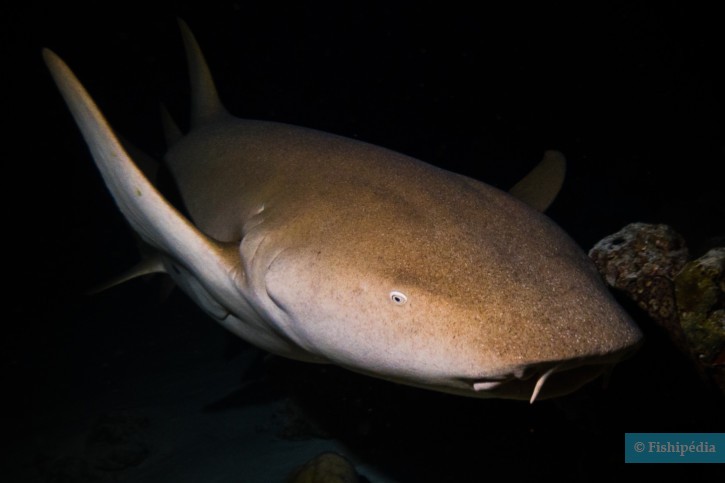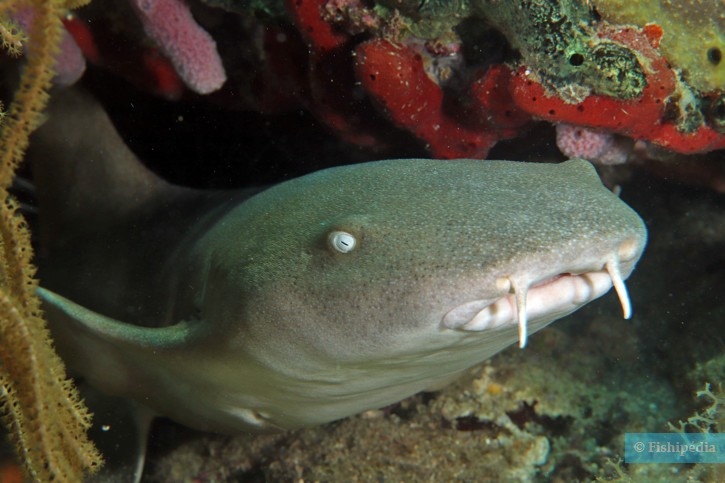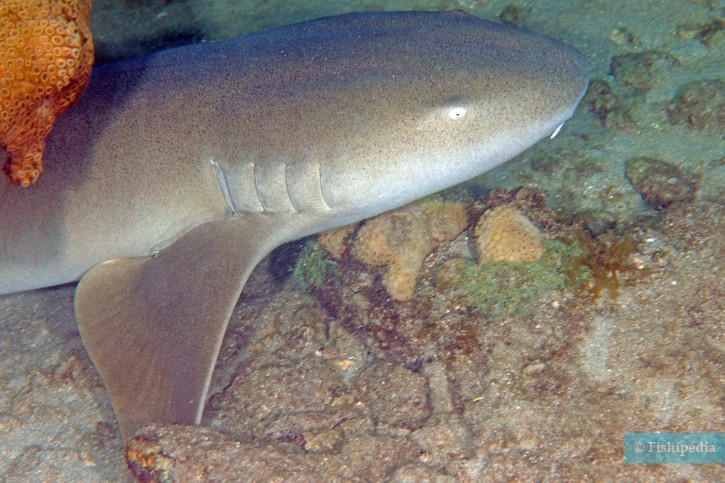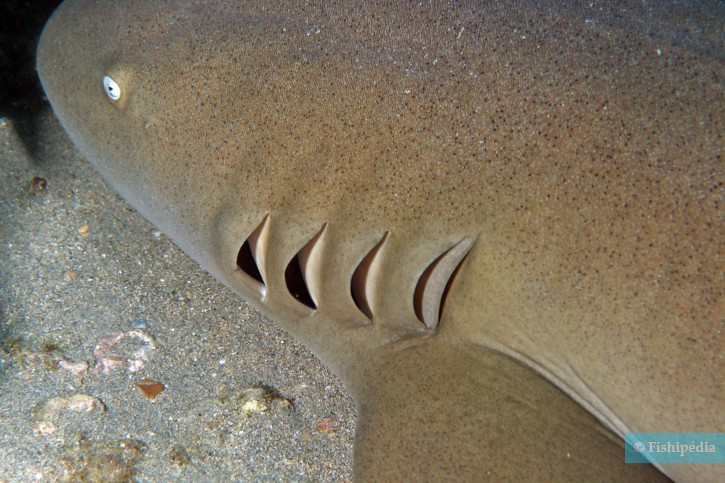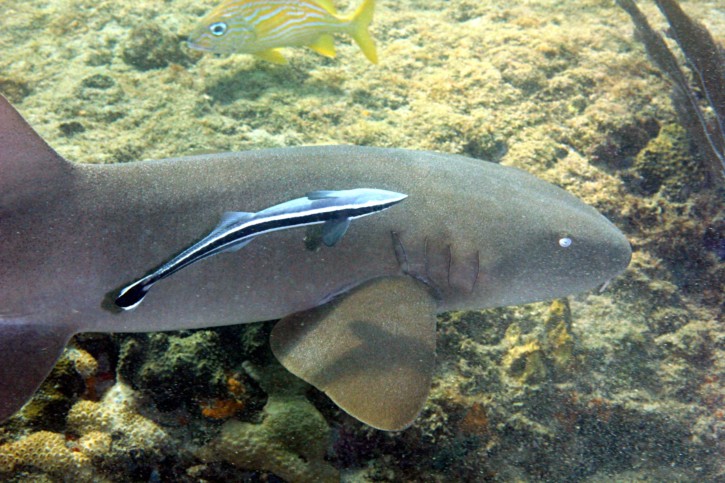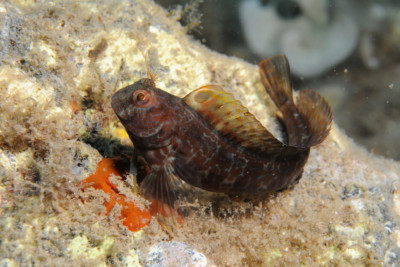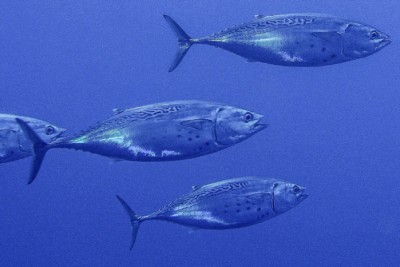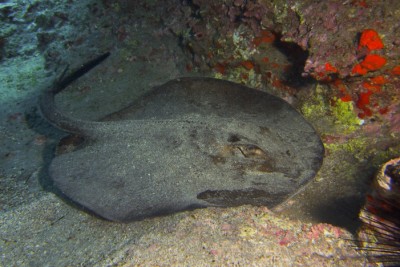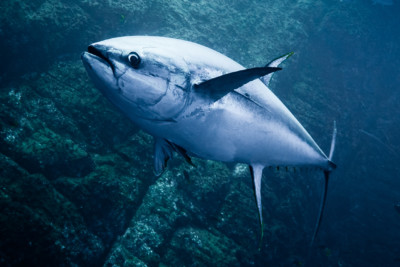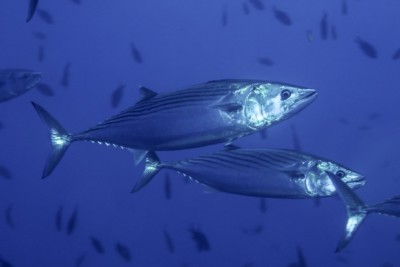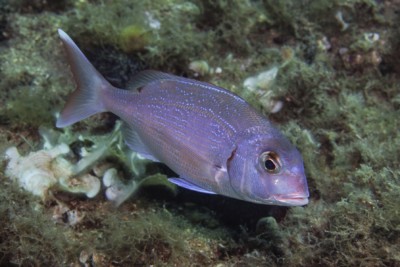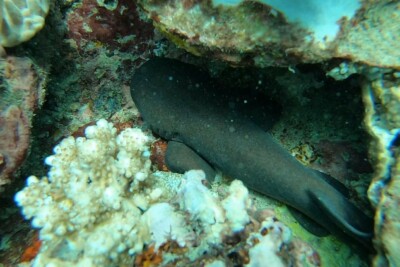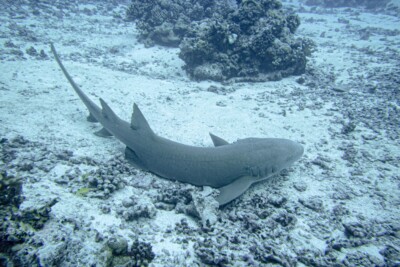atlantic nurse shark
| Scientific name | Ginglymostoma cirratum |
|---|---|
| Descriptor | Bonnaterre |
| Year of description | 1788 |
| IUCN category (World) | VU |
| Family | Ginglymostomatidae |
| Genus | Ginglymostoma |
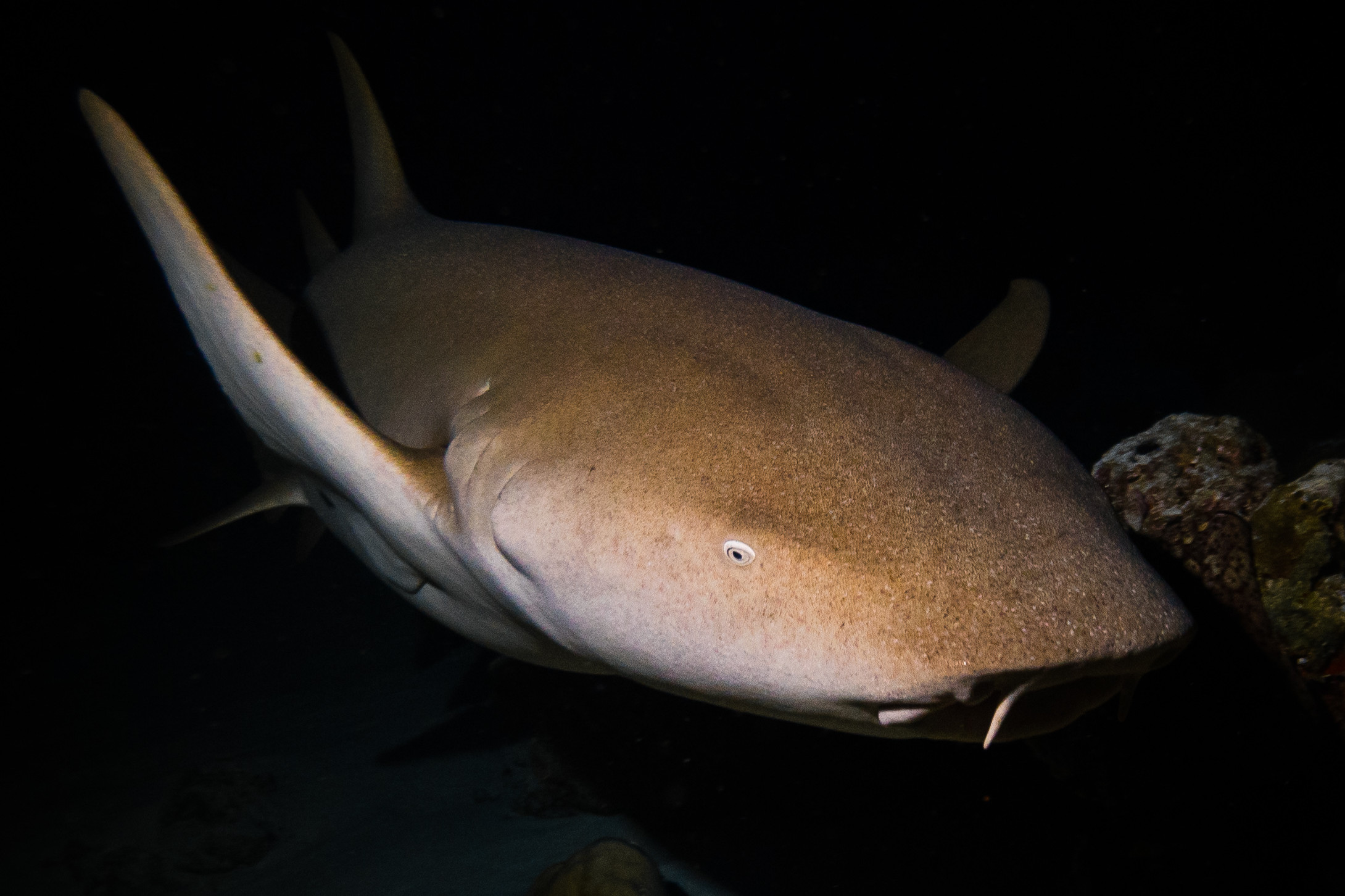

Introduction
The atlantic nurse shark is a tropical fish found in the Atlantic Ocean. It is documented in the Gulf of Mexico, the Caribbean Sea, and as far south as Brazil.
Who is it?
Morphology
-
Type
-
Average size240 cm
-
Maximum size430 cm
-
Longevity25 year
-
ShapeRectangular
-
Type
-
Average size240 cm
-
Maximum size430 cm
-
Longevity25 year
-
ShapeRectangular
How to recognize This fish ?
The atlantic nurse shark, gray/brown in color, is characterized by an elongated body, a rounded snout, small eyes, a ventral mouth with two nostrils and two barbels.
The first dorsal fin is located behind the back, at the level of the pelvic fins. The pelvic fins are wide and short. The second, smaller dorsal fin is located at the same level as the anal fin and very close to the first dorsal fin. The caudal fin is unilobed and measures about a quarter of the body length. The pectoral fins are wide and triangular.
Only four of the five gill slits are visible.
Sexual dimorphism
Male sharks, like rays, have a pair of claspers. These are appendages resulting from the modification of the pelvic fins that allow the transmission of sperm to the female's cloaca. Males can only use one at a time.
Behaviour & Life cycle
-
dietcarnivorous
-
Sociabilitysolitary
-
territorialNo
-
Way of livingnocturnal
Solitary, the atlantic nurse shark sleeps most of the day under a rocky overhang or in a cave.
This nocturnal species feeds mainly on crustaceans, sea urchins, mollusks, and fish.
Reproduction
-
Reproductionovovivipare
The atlantic nurse shark is oviparous and reaches sexual maturity at a size of around 220 cm.
During mating, one to two males surround the female, sometimes grasping a pectoral fin with their mouth. The female then flips upside down, allowing the male to fertilize her with one of his claspers, while also flipping upside down in turn.
After 5 to 6 months, females give birth to 21 to 30 pups, measuring up to 30 cm.
Risks for humans
-
VenomousNo
Origin and distribution

What is its habitat?
Natural environment characteristics
-
Depth0 - 130 m
-
EnvironmentActive pelagic
Biotope presentation
This species is found up to 200 meters but is typically observed between 15 and 25 meters deep. It frequents coastal waters, from surf zones to shallow bays. It is also present on outer continental shelves.
This shark spends most of its time on the seabed, but can occasionally be encountered at mid-water or near the surface.
Species of the same biotope
Fishkeeping
Not recommended
We do not recommend keeping this species in an aquarium. It has unpredictable needs which, if not met, generate significant stress, potentially leading to a shorter life expectancy, an interruption of its growth or the development of pathogens.
To go further
Sources & Contributions
Participation & Validation
The Fishipedia team and specialist contributors are committed to providing high-quality content. However, although the information comes from scientific sources or testimonials from specialists, the cards may contain inaccuracies.

Adrien Falzon

Benoit Chartrer
Translation
Translation done with the valuable contribution of our translators, who make this information available to a wider audience. We sincerely thank them for their commitment.
Scientific partners
Tags
Species of the same family
Species of the same biotope
